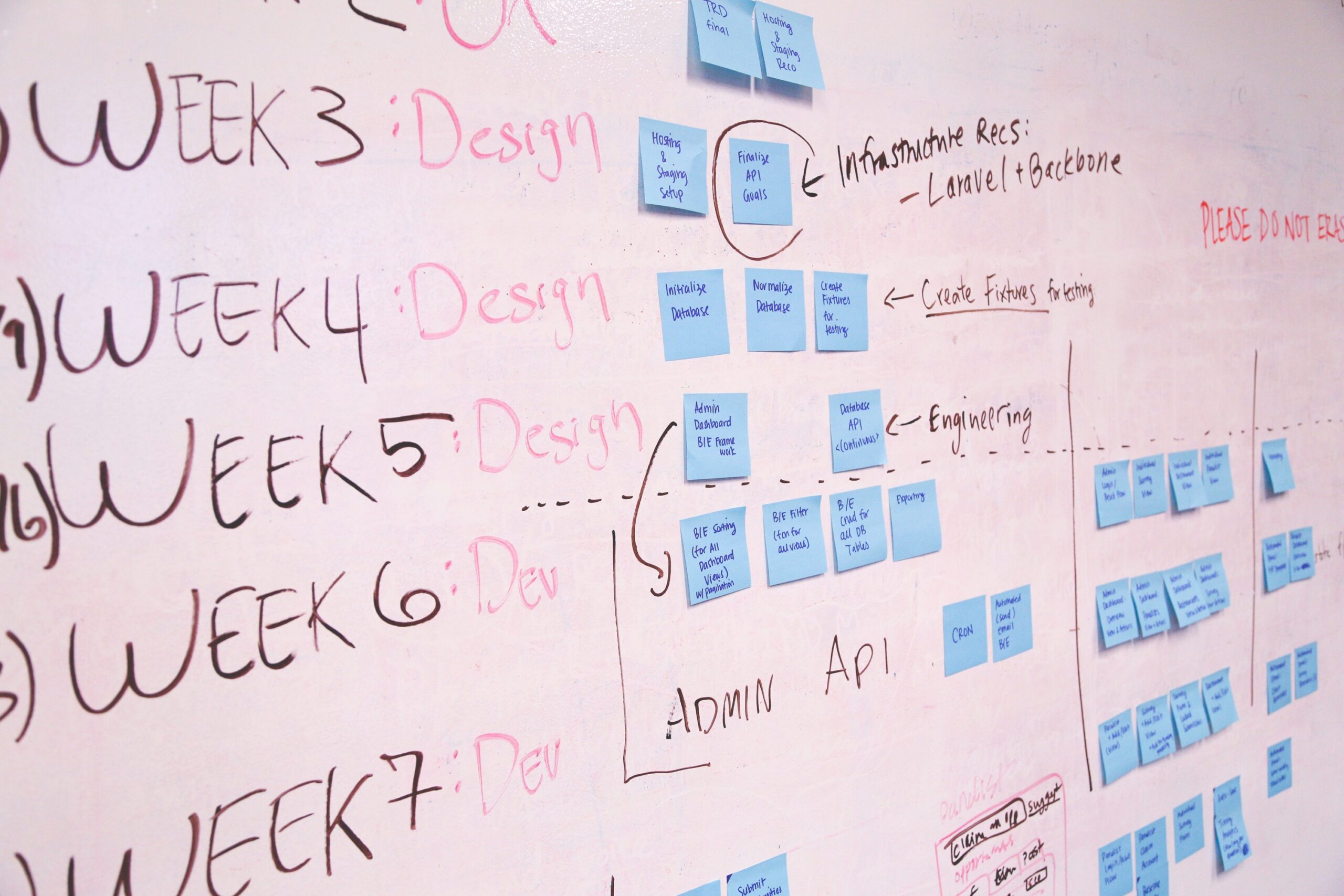The rapid developments and ongoing changes in the field of management require addressing them with modern leadership approaches. The key to modern leadership has become empowering employees and increasing their influence. Situational leadership focuses on strengthening the skills and techniques of granting authority and autonomy to employees, rather than control, centralization, and superiority.
TARGET AUDIENCE FOR THE COURSE:
- Anyone who has subordinates.
- Department managers, heads of departments, and those nominated for such positions.
- Anyone wishing to improve their management skills, even in their personal life.
COURSE OBJECTIVES:
- Learn the most important skills of a professional leader.
- Identify the best methods to improve performance.
- Develop effective follow-up plans.
- Understand the best techniques for dealing with subordinates.
- Learn the best methods for teamwork.
- Discover the best ways to motivate the team.
COURSE TOPICS:
| TOPIC | SUBTOPICS |
| Team Leadership | What is leadership, Types of leadership |
| Difference Between Leadership and Management | Difference between leader and manager, Leadership styles, Management hierarchy, Situational leadership, Interactive management, How to apply them |
| Performance Improvement | Confidence and self-esteem, Clear expectations from management, Improving work habits, Employee’s conviction of the need for change |
| Effective Follow-Up | Reviewing previous meeting outcomes, Discussing possible solutions, Demonstrating trust in the employee |
| General Work Procedures | Maintaining teamwork, Fair firmness, Gradual disciplinary procedures |
| Sustaining Improved Performance or Behavior | Be specific, How to build habits, Thank the employee |
| Motivating the Management Team | Motivation, Human behaviour, Motivating employees in the modern era |
| Teamwork | Building trust, Resolving conflicts and disputes, Valuing diversity and differences, Cooperation and cohesion, Characteristics of effective teams |





